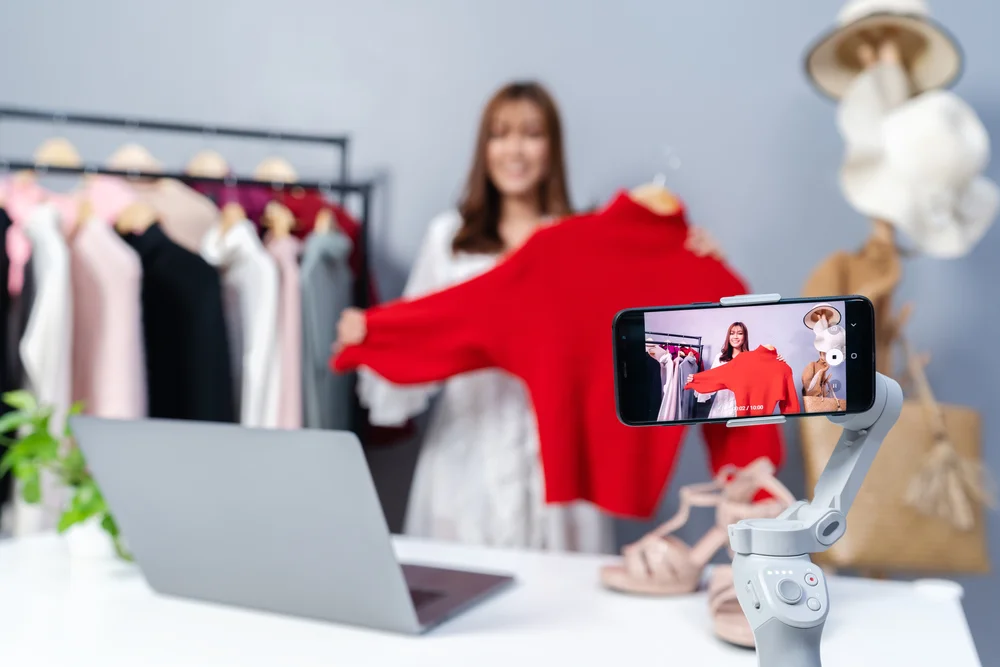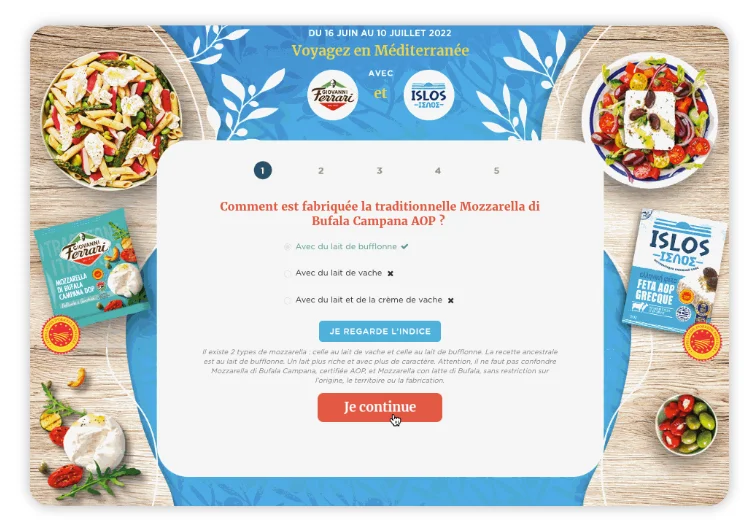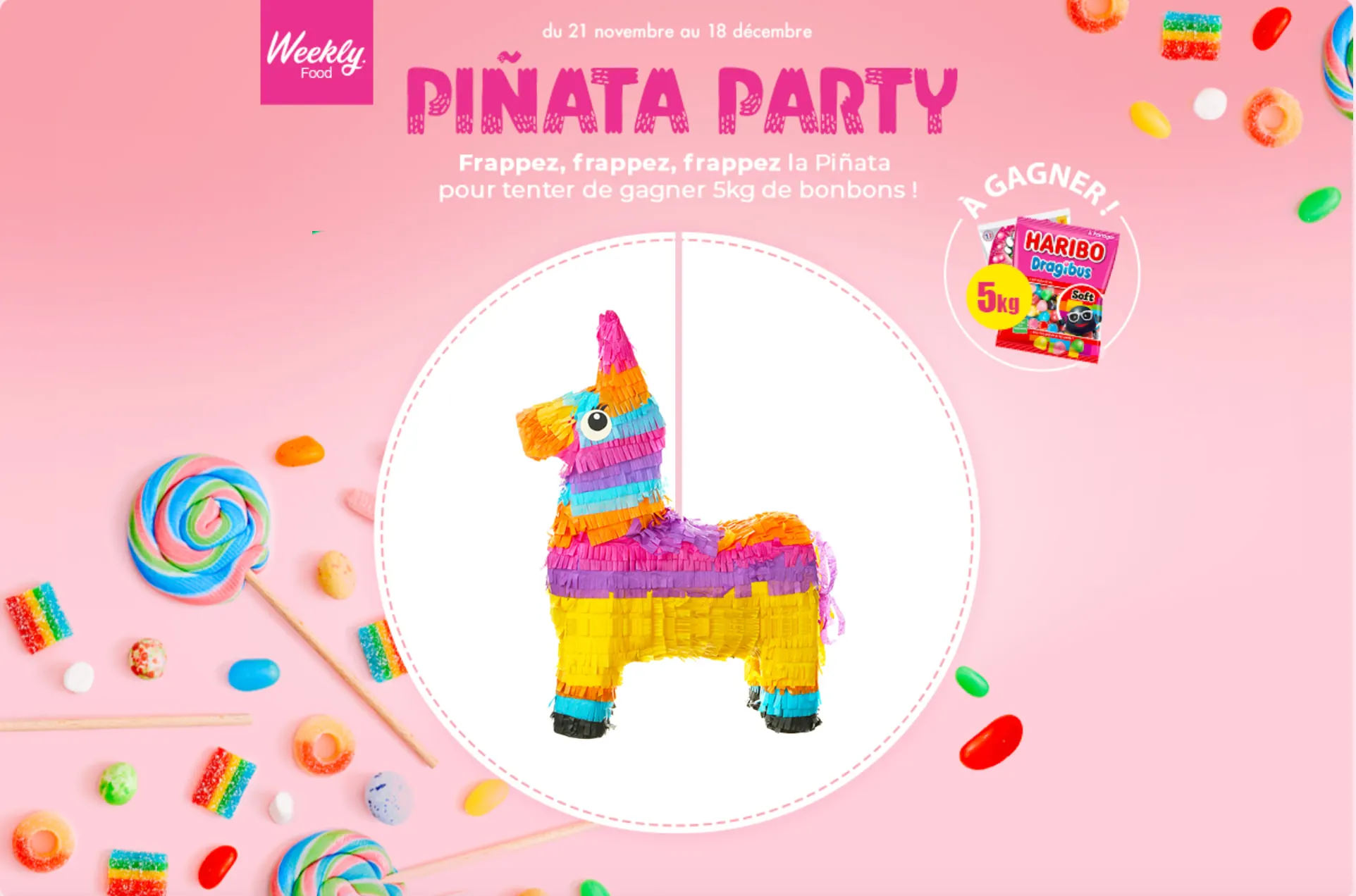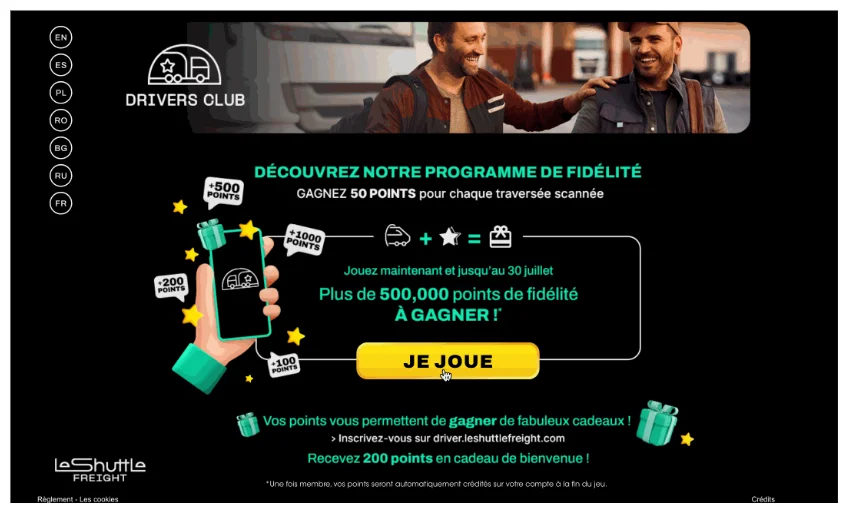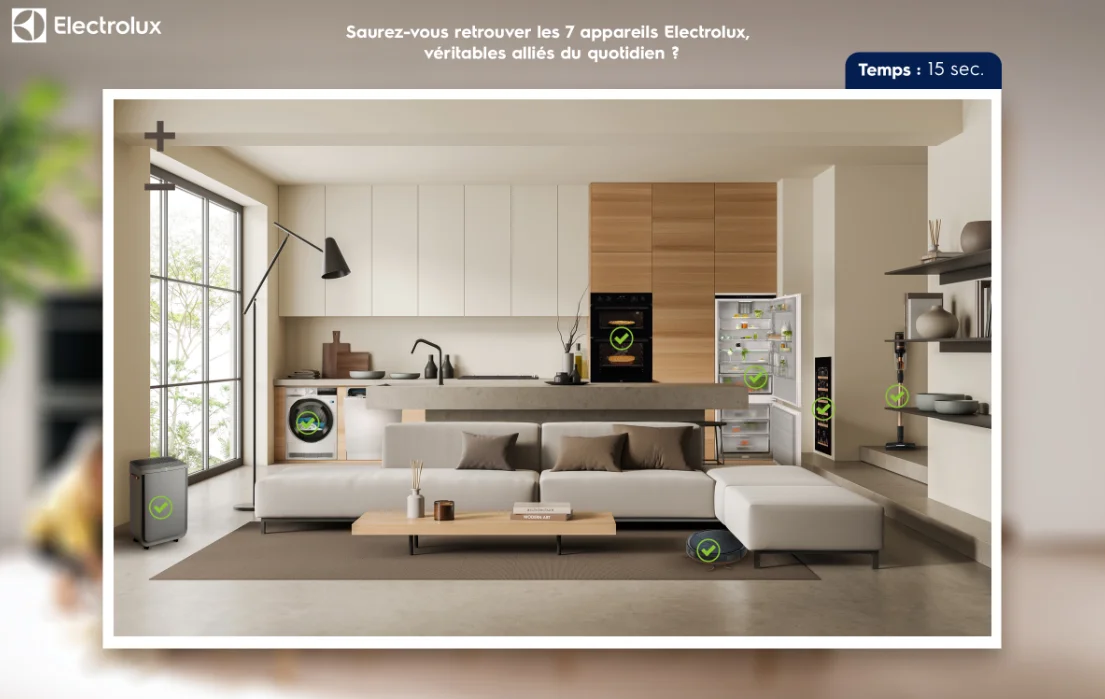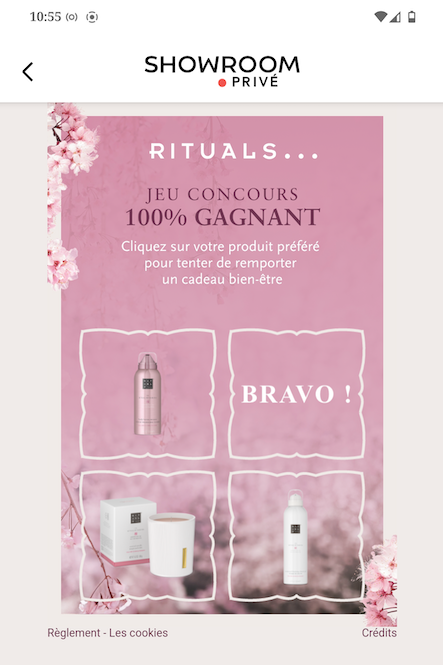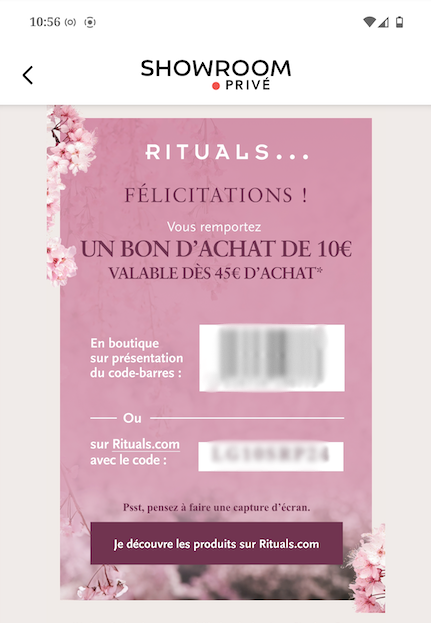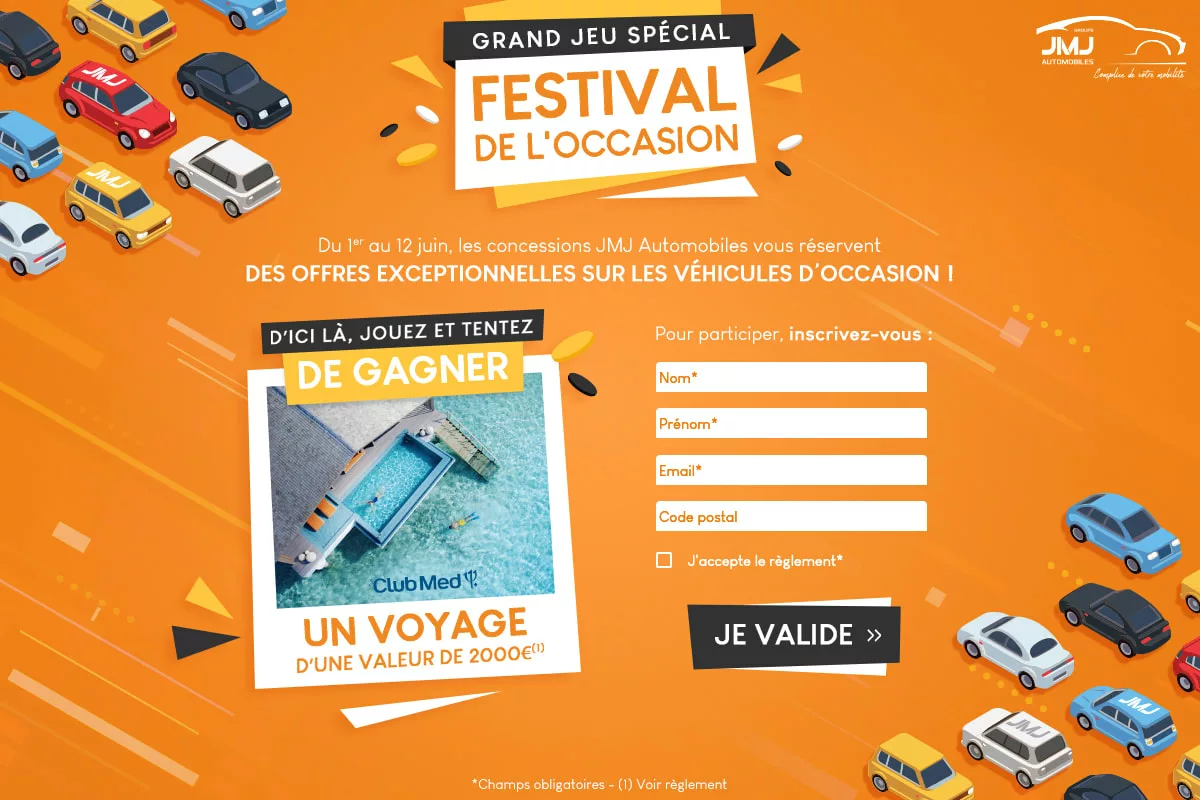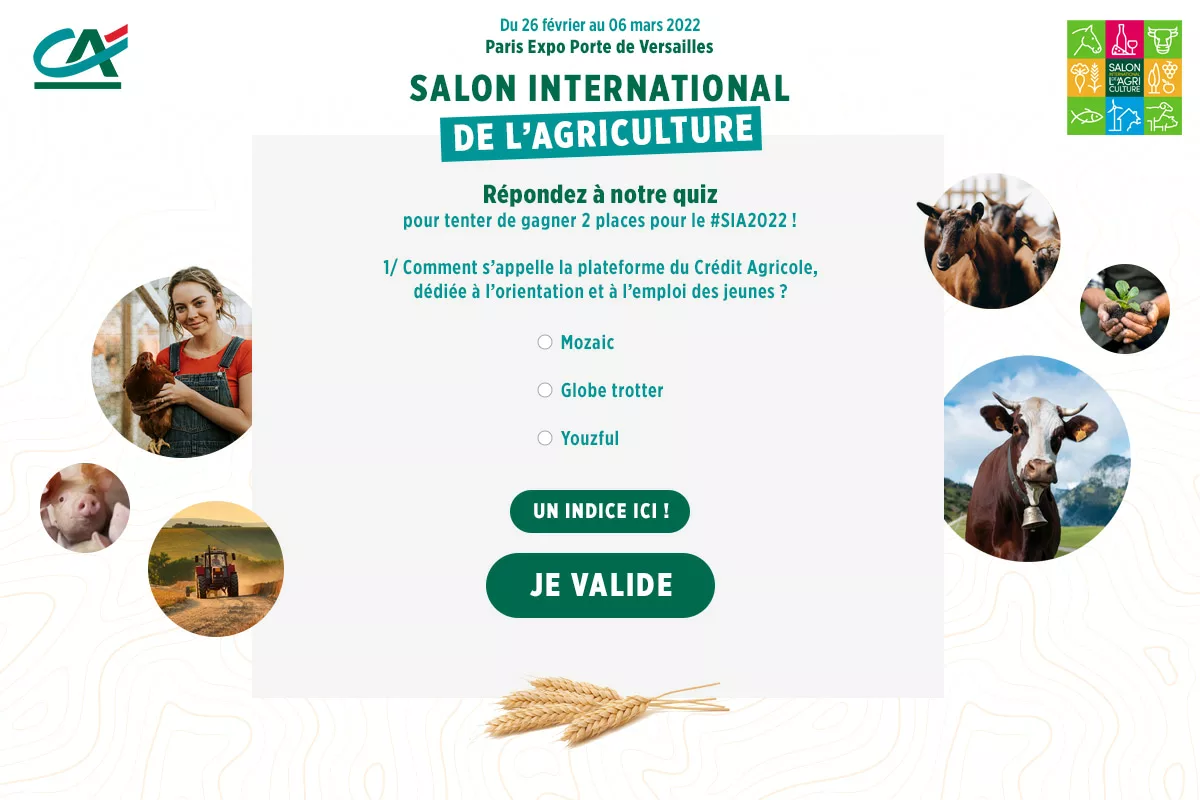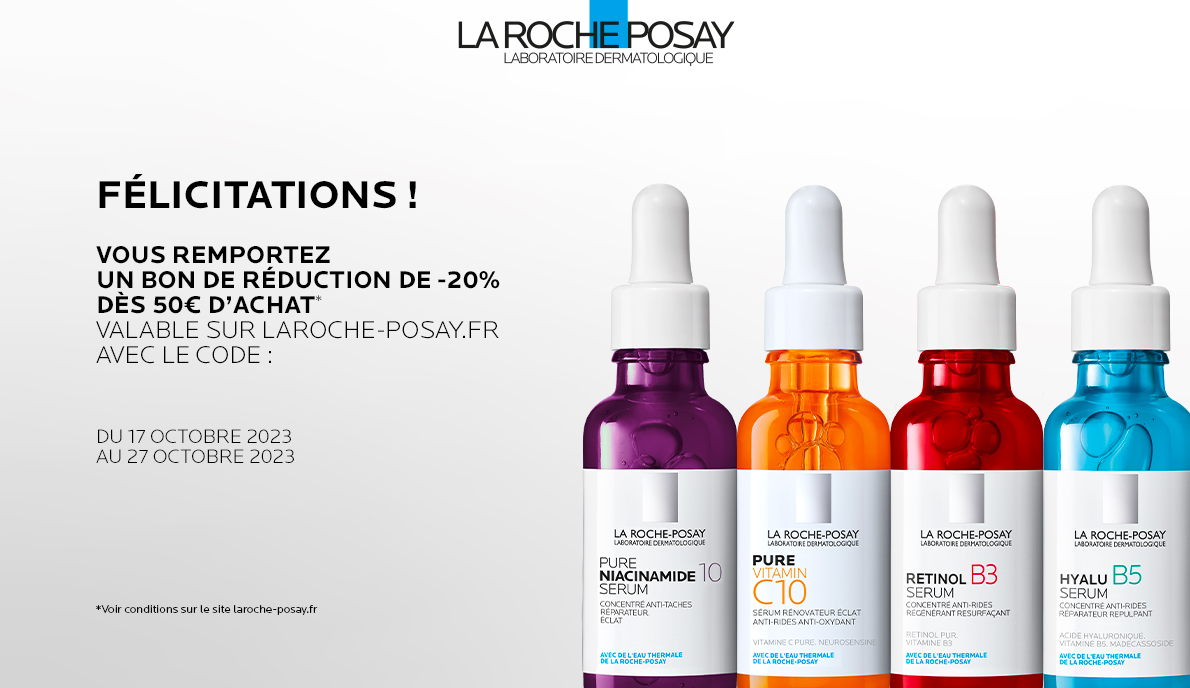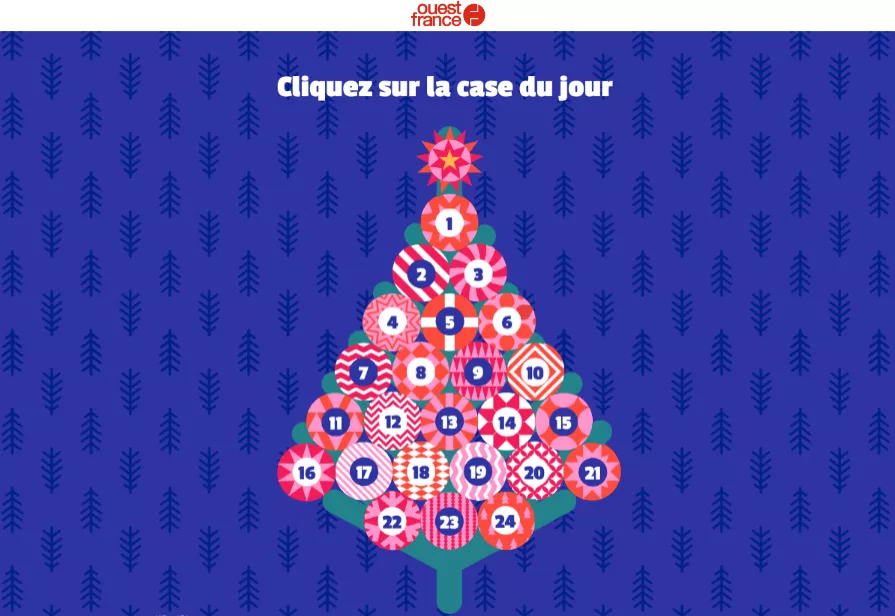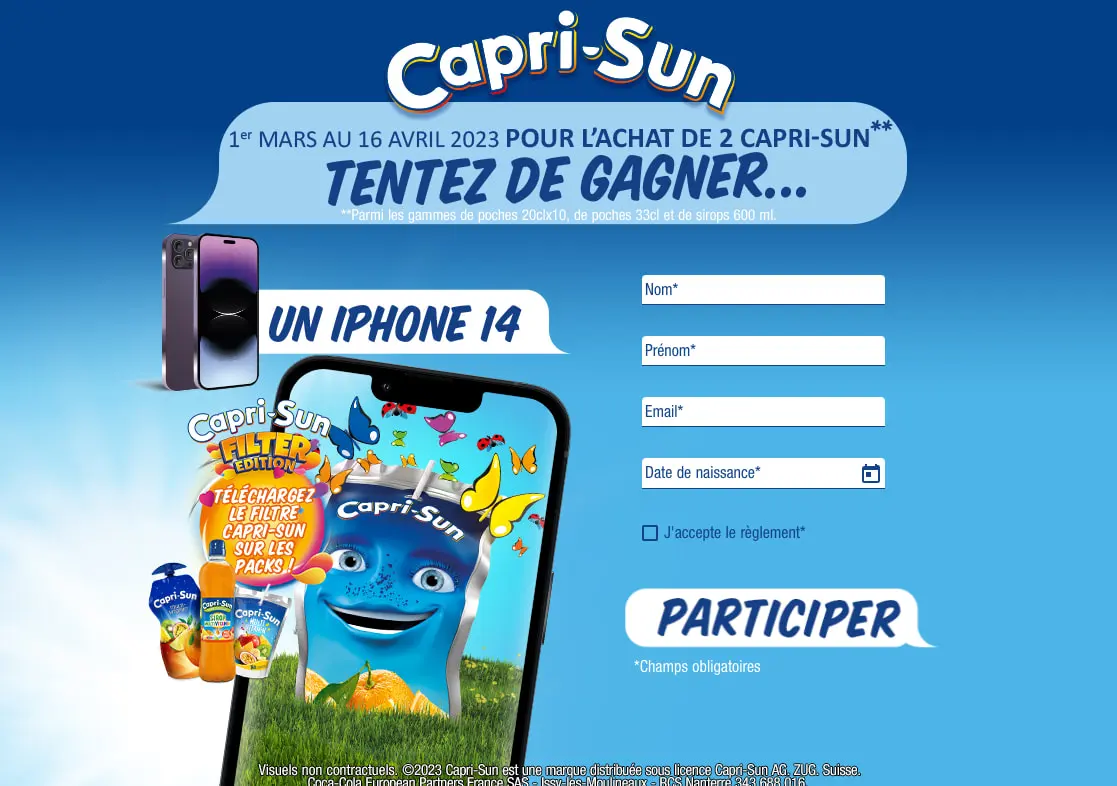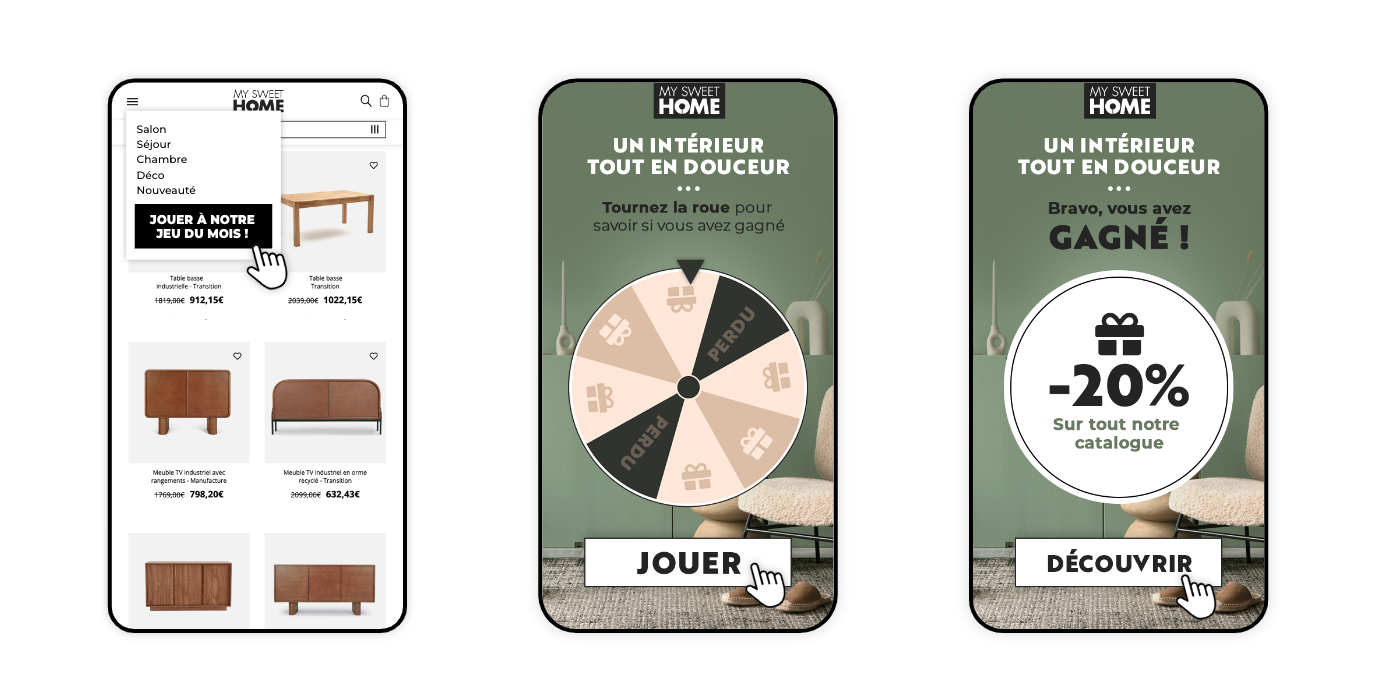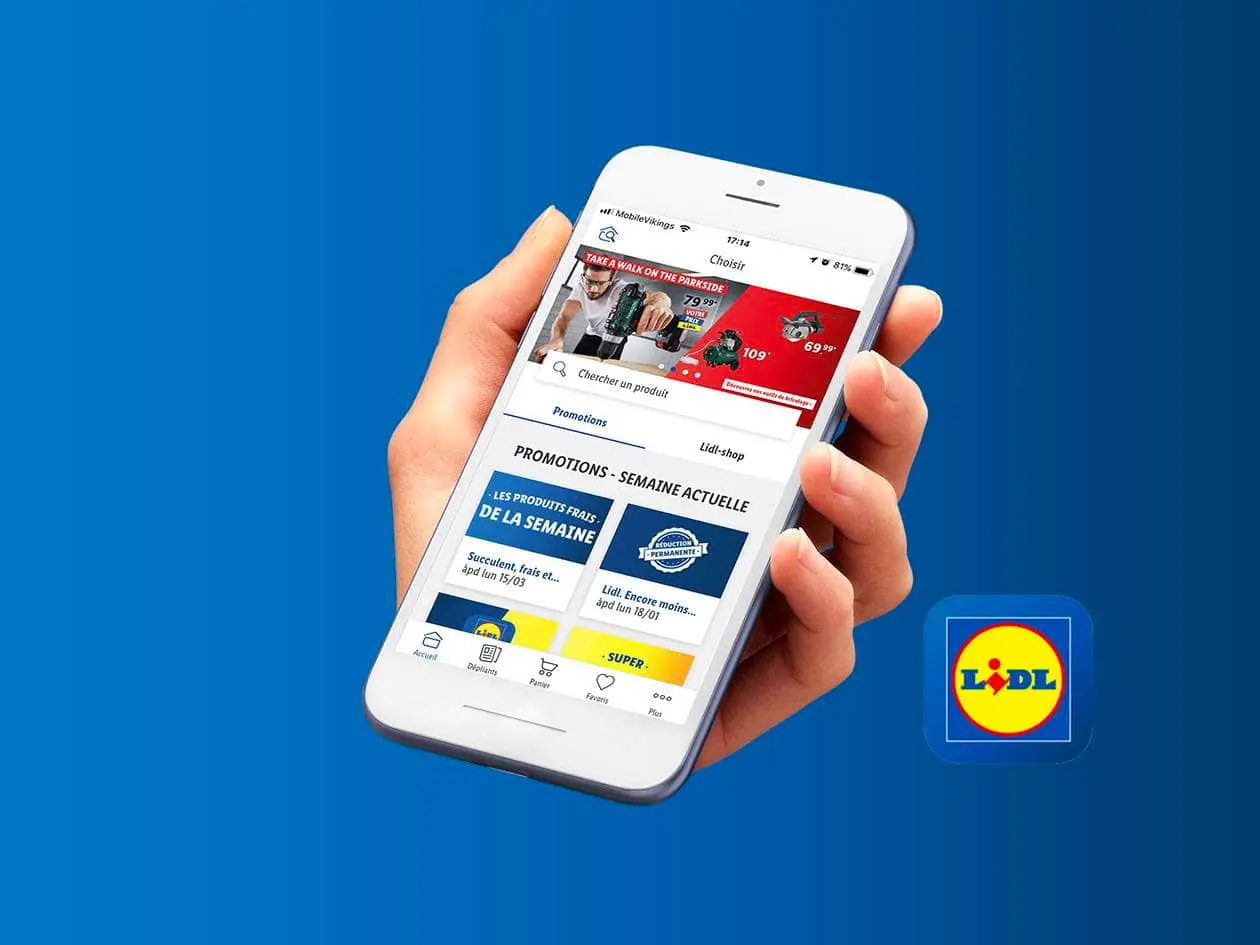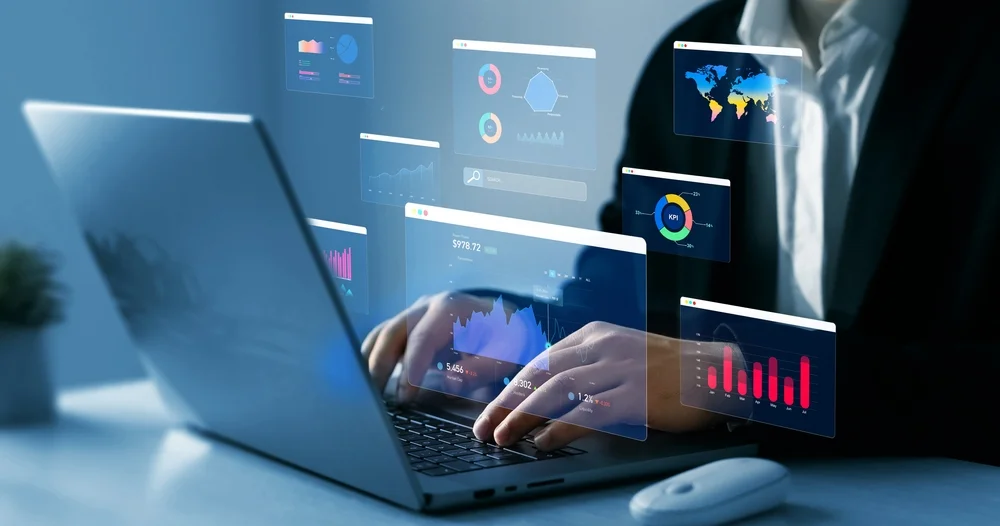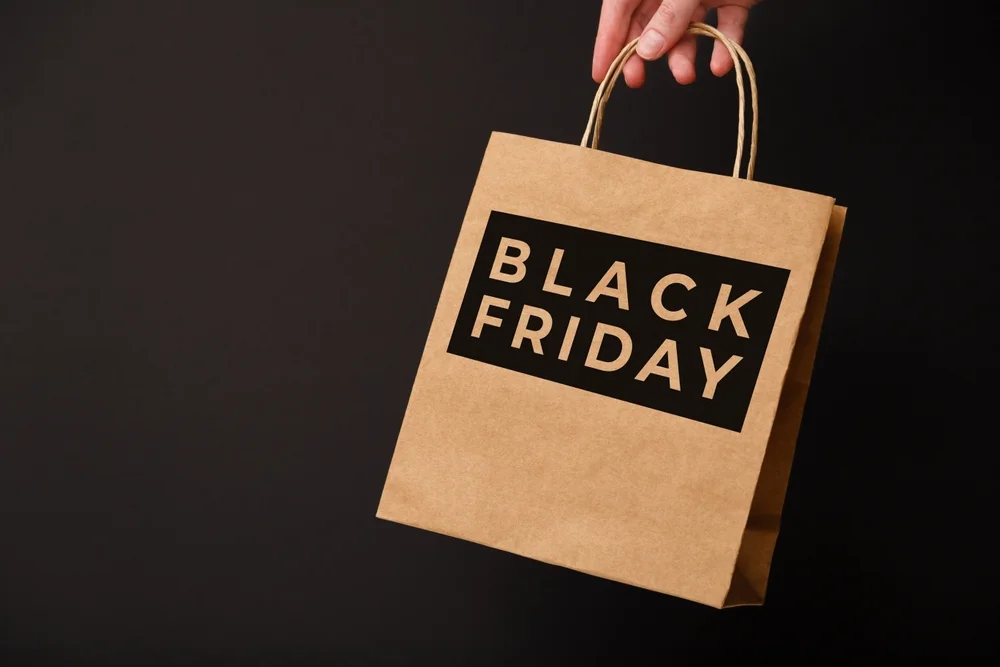
3 black friday marketing strategies to boost sales
Black Friday is an essential highlight in the marketing calendar. Every year, more than 70% of consumers make purchases on this occasion, taking advantage of the promotions offered by retailers.
Imported from the United States, this trade festival is becoming popular in France and abroad. It is very important for brands to position around this important time and create a Black Friday marketing strategy that will enable them to recruit and convert customers.
In this article, we take a look at the issues that companies need to prepare for in order to succeed with their Black Friday campaigns. We also share some effective and original ideas to boost sales and prepare offers for the festive season.
The marketing challenges of Black Friday
Black Friday is no ordinary trade fair. It offers companies an opportunity to hire new prospects and re-engage their existing customers (in the same way as sales). But the special feature of the Black Friday is that is takes place at a strategic time of year.
It is indeed the last weekend of November the final stretch before Christmas shopping. Generally speaking, the 4th quarter of the year (October / November / September) is a strategic time for companies, who generate 20 to 30% of their annual sales during this period.
Black Friday’s marketing challenges are unique and brands have the opportunity to implement a strategy that will enable them to target the following four marketing objectives.
Stand out from the competition
An increasing number of companies are offering Black Friday deals. Brands must redouble their efforts to make their campaign visible to their target audience
To capture attention, they’ll have to rely on levers of visibility, such as originality and interactivity. Companies can set themselves apart by organizing a marketing competition, for example.
Engaging consumers at the right time
Brands are tending to communicate their Black Friday offers earlier and earlier. By spacing out their marketing campaign over several days, they can create a teasing effect and manage consumer expectations.
Its also an effective approach to staying top of mind the big day and guide shoppers towards the offers/products that meet their expectations. The key is to strike the balance to avoid advertising fatigue by offering a variety of advertising formats that maintain engagement. A multi-channel approach will be essential to reach consumers wherever they are.
Propose relevant offers based on customer preferences
To convert, Black Friday marketing campaigns can’t just play on discount percentages. They can precisely target consumers’ product preferences, offering them a recommendation of items or services they are likely to buy.
This means collecting, in advance of Black Friday, relevant customer data on favorite product categories, but also on the marketing channels, payment methods and delivery options that buyers prioritize. To achieve this, brands can rely on marketing games such as Battle or Gift Finder.
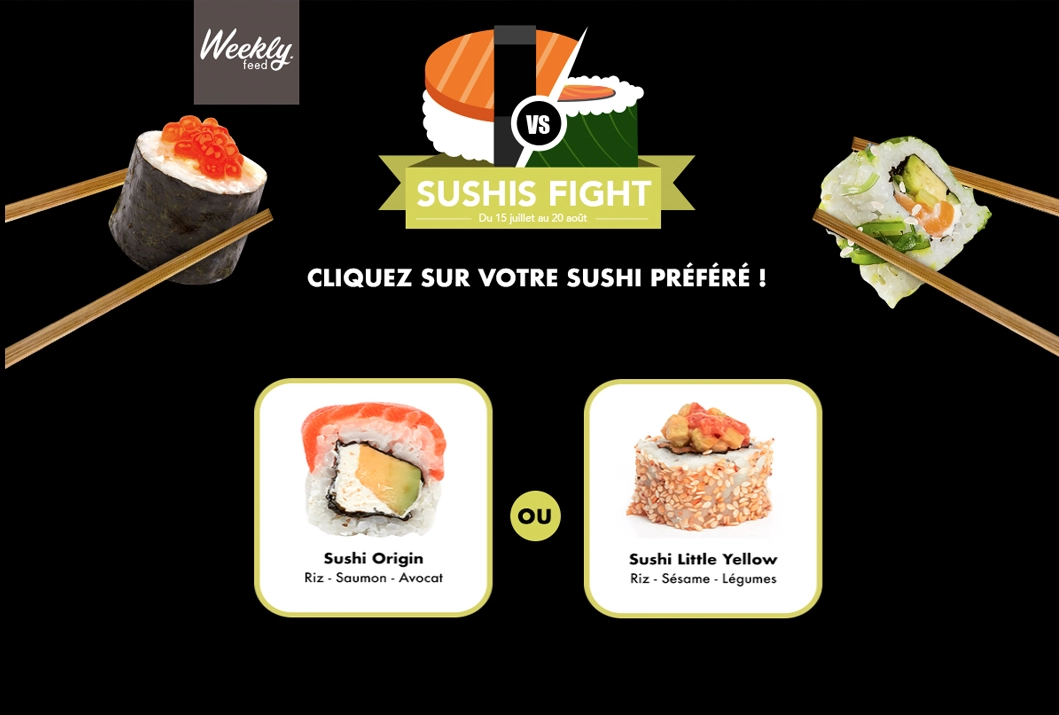
Collect opt-ins and build loyalty to boost repeat purchases
Black Friday is the start of an intense period for consumers. The shopping extravaganza takes place just before Cyber Monday (the following Monday) and Christmas.
To boost sales throughout this period, it’s very important that brands take advantage of Black Friday to collect opt-ins. Black Friday marketing formats can be used to this end (via a simple opt-in form).
Brands can take advantage of this opportunity to collect customer preference (with a survey or swiper) to optimize campaigns. They can encourage engaged prospects to create a customer account or download their application to boost their re-purchase rate.
3 marketing campaign ideas to boost Black Friday sales
Gamification is a lever to meet the challenges of a Black Friday marketing strategy. Depending on the brand’s objectives, these formats can help to achieve the following goals:
- Recruit qualified leads and optins to develop your customer database.
- Engage existing customers using games to showcase products and support promotions.
- Increase sales by encouraging consumers to make a purchase in-store or on the e-commerce site.
1. Recruit leads with an instant win
Simple mechanics such as Instant Wins are ideal to recruit new leads and collecting optin. Red By SNCF relied on the One-armed Bandit to boost the visibility of its Black Friday campaign.
The principle of the game (aligning three identical patterns to unlock a gift or discount) is indeed perfect for engaging a wide audience. Prospects are attracted by the prospect of finding out immediately whether they’ve won a reward or not.
What’s more, the interactive, fun aspect of this Black Friday marketing campaign helped the operator stand out at this busy time of year.
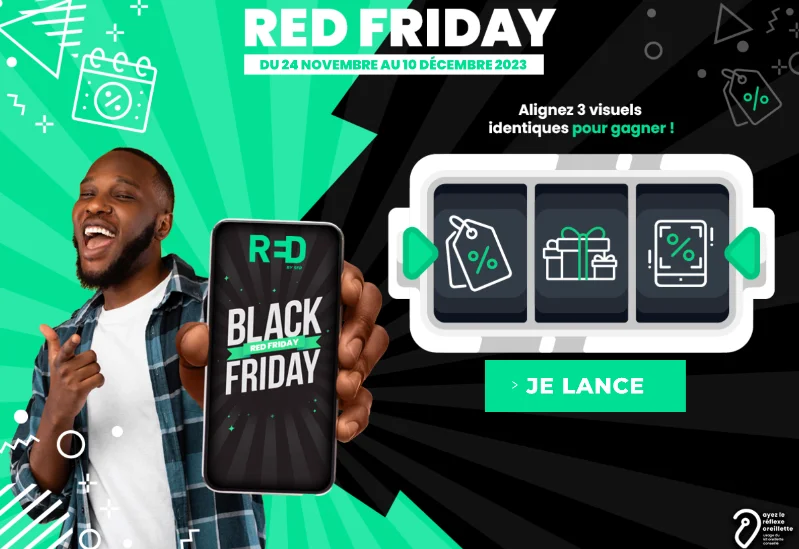
2. Engage your community during Black Friday with a Shopping List
To engage existing customers during Black Friday, brands can rely on gamification mechanics highlighting their products. The idea here is to discover its offer in a fun way, the aim is also to collect customer preferences in order to offer targeted product. The challenge is also to offer prizes that capture the audience’s attention and make them participate.
Gifts offered its community the chance to win an exceptional basket made up exclusively of items that participants had already selected using a shopping list. Throughout the week leading up to Black Friday, shoppers could try their luck and win their wishlist in a prize draw.
3. Boost Black Friday sales with coupons
For Black Friday marketing campaigns to bear fruit, brands need to find effective levers to redirect their audience to their website (or in-store for a drive-to-store campaign).
Oui SNCF, took advantage of its Black Friday gamification campaign (a one-armed bandit) to distribute 15-euro e-coupons. Participants could then win a voucher, to be used on the company’s website or app for their next booking.
With more than 2K clicks driven to its site, Oui SNCF boosted sales over the period. But as well as generating sales for Black Friday, the company also took advantage of the opportunity to collect email addresses and opt-ins to enrich its CRM.
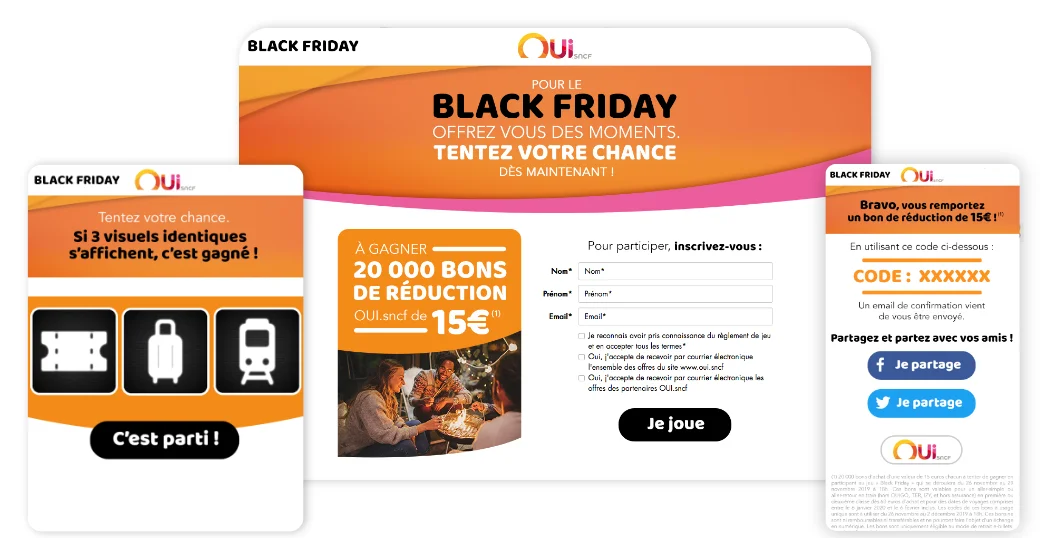
Conclusion
Gamification is one of the most effective strategies for creating an impactful marketing campaign. By choosing a playful, interactive mechanism to animate your audience, you can not only present your discounts more effectively, but also significantly boost your sales. Discover our catalog of playable formats to boost your Black Friday marketing strategy.


